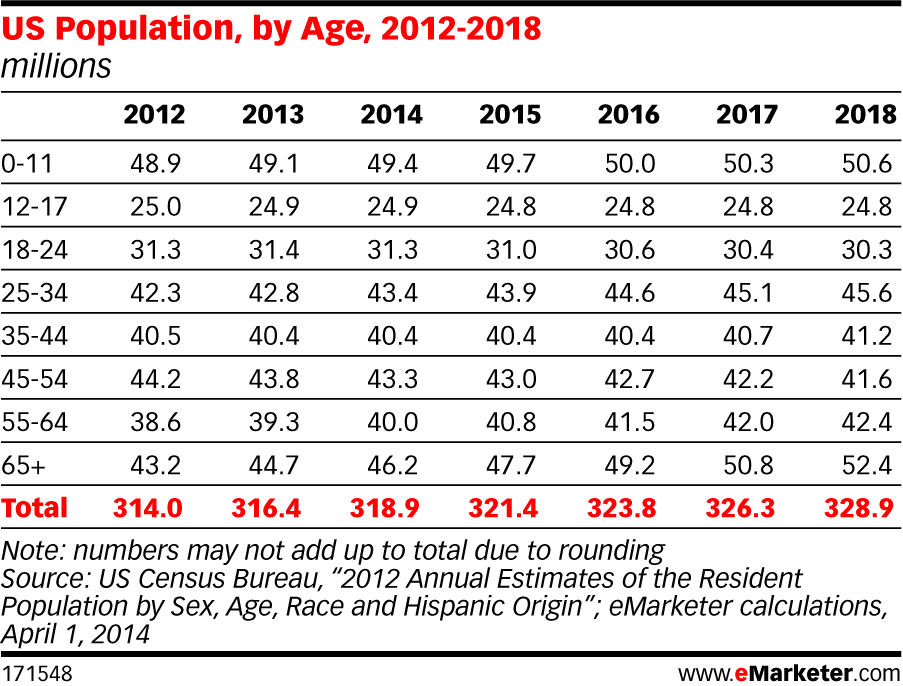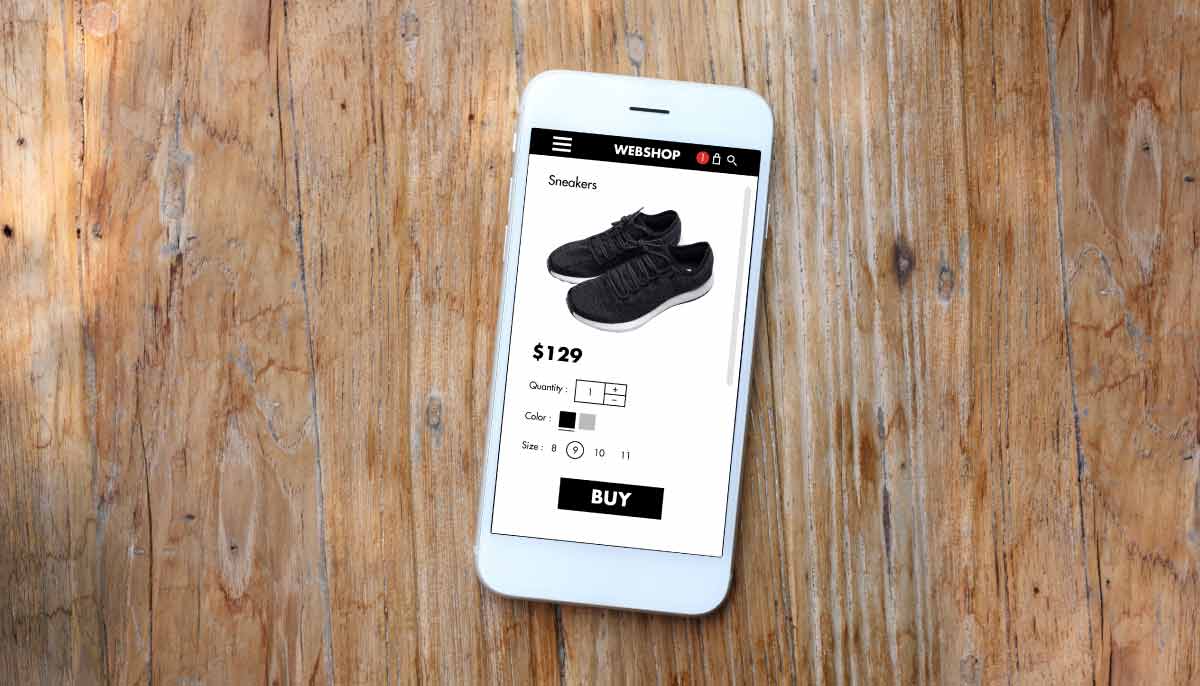The Relationship between Online Retail and Age
A key component of a successful online retail business is understanding consumer behavior. One of the key distinguishers of consumer behavior is age – not only in what technology is used but the level of interaction with certain technology as a whole. So what is the relationship between online retail and age and how does it impacts sales? Let’s find out…

- Understanding the age shift in the coming years – In order to understand how age affects the online retail industry, it is first important to understand how age is changing around the world. For example, the U.S. population is projected to undergo an interesting shift in the coming years, with the population of the U.S. set to increase from 316 million in 2013 to 328 million in 2018. With this increase, a shift in the average age has also been projected to increase, as the number of people in the United States in the 12-24 age range is projected to decline. While the younger age demographics decline, the amount of people over the age of 65 in the United States is set to account for approximately 8 million of the twelve million projected population growth.
- What this means for online retail – With the large growth of older generations and decline in population in younger ones, it may mean some technological adoptions may not happen as quickly as some industry experts may want you to think. As retailers strategically plan new initiatives, making sure they understand the age of their customers will help in determining whether the initiative is likely to be successful or not.
- Internet usage in the United States varies greatly by age – According to eMarketer, approximately 88% of the 18-29 age demographic uses the internet every day or almost every day. To compare, less than 80% of U.S. internet users over the age of fifty use the internet on an everyday or almost every day basis. One of the main reasons for this difference could be due to privacy concerns – recent research from GfK stated that people over fifty were the most concerned about their online privacy out of any age group.
- Older generations don’t shop online as much, and the difference is large – As the age range grows, people over sixty-five are the most difficult age demographic to get to shop online. Despite having the largest population of any demographic, less than 35% of the population is classified as a digital buyer, with that percentage projected to increase to 42% by 2018. This is easily the lowest percentage of any age group, with consumers in the 55-64 age demographic (arguably the first “PC” era) projected to surpass the 70% digital buyer mark by 2018.
- Tablet usage will increase the most with old and young generations – The tablet user population in the United States is set to increase by approximately 39 million users by 2018 to 171 million. Most of this growth is driven by very young (0-11) and old (55+) users, with the 45-55 age demographic set to increase by less than three million tablet users over the next five years. Projected to have approximately 29 million tablet users by 2018, the 35-44 age demographic makes up the largest tablet audience of any age range.
- Internet usage while watching TV growing in Europe – An emerging trend in Europe and around the world, especially with younger generations, is using another device (smartphone, tablet, etc.) while watching television. In Sweden, 52% of internet users age 16-24 use another device while watching TV compared to only 25% of age 55-65 Swedes. Social media usage in particular while watching TV is growing in popularity, with over 35% of internet users across all age demographics in the United Kingdom saying they use social media while watching TV. Only 15% of people ages 55 and over do the same.
In conclusion, age can be an important factor in an online retail strategy. While older populations are set to increase in the coming years, their usage of technology and willingness to partake in online retail is far behind younger generations – especially when it comes to engaging with multiple technological devices at the same time. For online retailers who target many age demographics – such as retailers in the consumer packaged goods industry – being able to understand how consumers interact with technology based on their age is important to creating a solid online marketing strategy and experience.



